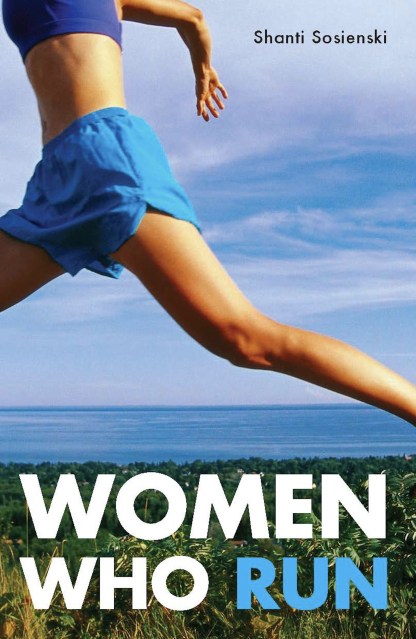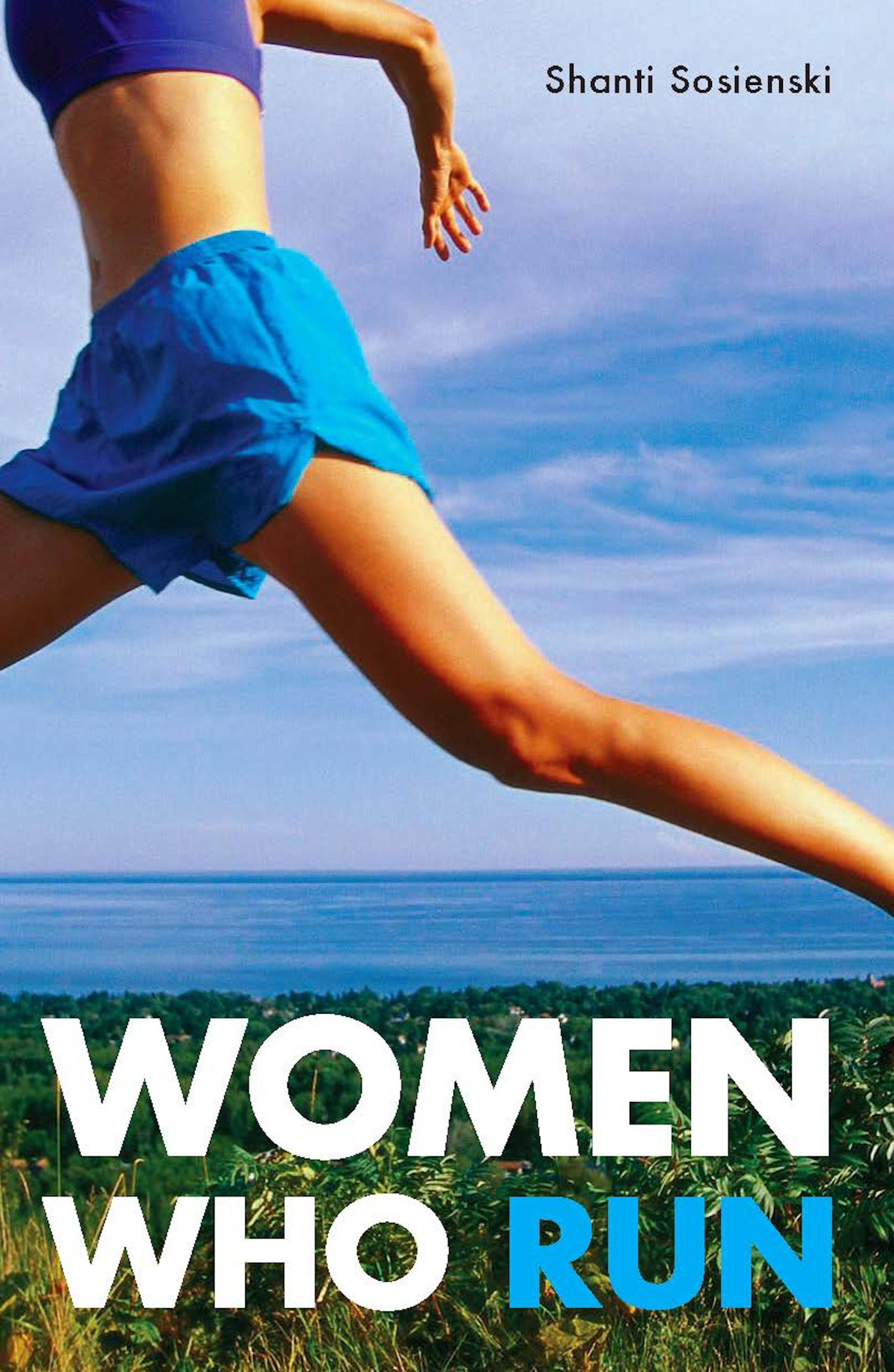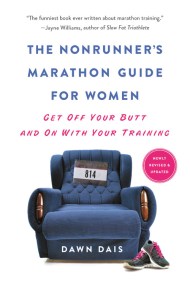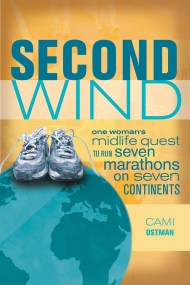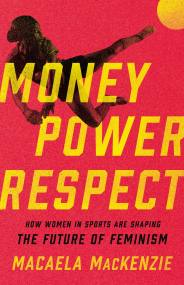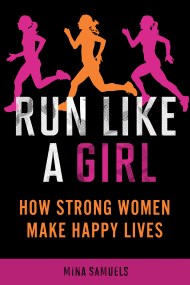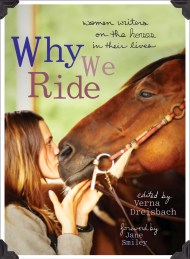Women Who Run
Contributors
Formats and Prices
Price
$10.99Price
$13.99 CADFormat
Format:
- ebook $10.99 $13.99 CAD
- Trade Paperback $19.99 $25.99 CAD
This item is a preorder. Your payment method will be charged immediately, and the product is expected to ship on or around January 8, 2010. This date is subject to change due to shipping delays beyond our control.
Also available from:
Women Who Run features Bobbi Gibb, the first woman to run the Boston Marathon; Louise Cooper, breast cancer survivor and finisher of the grueling 135-mile Badwater Marathon; Kristin Armstrong, who found solace and camaraderie in running with other women post-divorce; Olympic runner and two-time LA Marathon winner and Kenyan Lornah Kiplagat, Wall Street Journal reporter and Muslim women's activist, Asra Nomani; Pam Reed who ran 300-miles in one run—and many more.
This book will inspire and motivate you to get off the couch and find your inner runner.
Genre:
- On Sale
- Jan 8, 2010
- Page Count
- 320 pages
- Publisher
- Seal Press
- ISBN-13
- 9780786750603
Newsletter Signup
By clicking ‘Sign Up,’ I acknowledge that I have read and agree to Hachette Book Group’s Privacy Policy and Terms of Use
